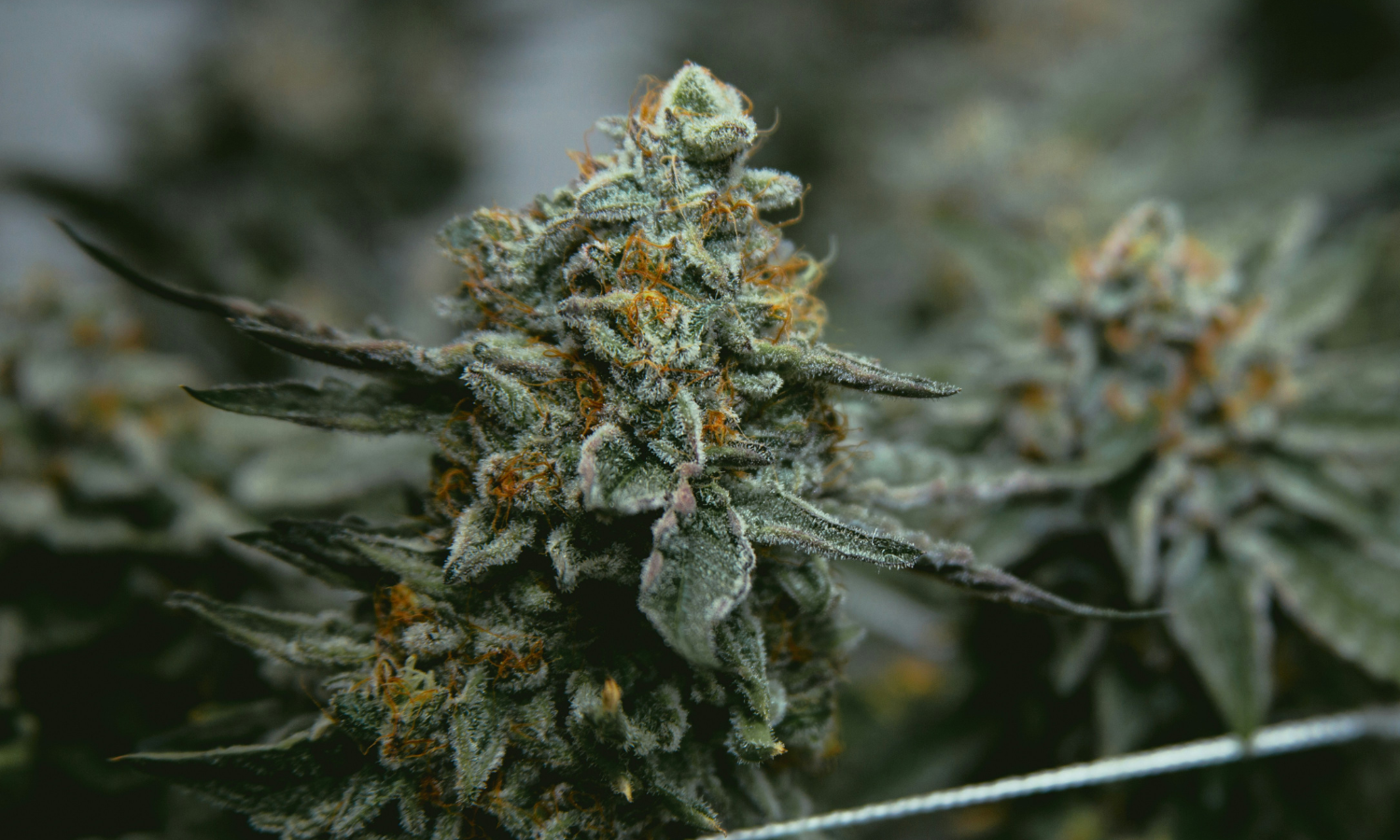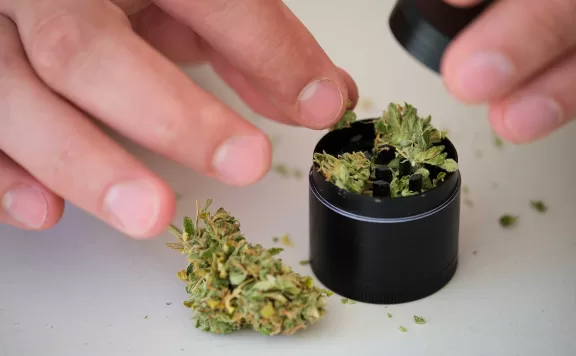Why Does Weed Smell So Strong

The pungent aroma of cannabis, often detectable blocks away, is a complex chemical symphony. But what makes weed smell so strong, and why is that smell so persistent?
The pervasive odor stems from a class of aromatic organic compounds called terpenes. Understanding these compounds is key to controlling and potentially mitigating cannabis's powerful scent.
The Science of Skunk: Terpenes Unveiled
Terpenes are not unique to cannabis; they are found throughout the plant kingdom. They contribute to the scents of pine forests, citrus fruits, and lavender fields.
However, cannabis boasts a particularly diverse and concentrated array of these compounds. This complex mixture, amplified by cultivation practices, results in the potent and recognizable "weed" smell.
Key Terpenes and Their Roles
Several terpenes are especially prominent in cannabis's aroma profile. Myrcene, often the most abundant terpene, contributes an earthy, musky scent.
Limonene provides a citrusy fragrance, while pinene smells like pine needles. Beta-caryophyllene adds a spicy, peppery note.
The specific combination and concentration of these terpenes vary greatly depending on the cannabis strain. This variation explains the wide range of scents, from fruity and floral to skunky and diesel-like.
"The interaction of these terpenes, and their synergistic effect, gives cannabis its unique and identifiable smell," explains Dr. Emily Carter, a botanist specializing in cannabis terpenes.
Amplifying the Aroma: Cultivation and Curing
Cultivation practices play a significant role in the intensity of cannabis's smell. Indoor growing, often favored for controlled environments, can inadvertently amplify terpene production.
Artificial lighting and optimized nutrient delivery can maximize plant growth and terpene synthesis. This leads to more potent and, consequently, more pungent cannabis.
The curing process, which involves drying and aging harvested cannabis, also impacts the aroma. Slow, careful curing preserves terpenes, while rapid drying can degrade them and diminish the scent profile.
The Societal Impact: Odor Concerns and Mitigation
The strong smell of cannabis can be a significant source of conflict and concern in communities. Unwanted odor can lead to complaints, legal challenges, and strained relationships between cannabis businesses and their neighbors.
Odor mitigation technologies are increasingly being deployed to address these issues. These technologies range from air filtration systems to carbon scrubbers designed to neutralize terpenes.
Legalization has prompted a renewed focus on odor control, as cannabis businesses strive to operate responsibly and maintain positive community relations.
Odor Control Technologies
Carbon filtration systems are a common method for reducing cannabis odor. These systems use activated carbon to adsorb and neutralize terpene molecules.
Ozone generators, though effective, can pose health risks if not used properly. They oxidize terpenes, effectively breaking them down and eliminating the smell.
Biofilters, utilizing microorganisms to consume terpenes, offer a more environmentally friendly approach. These systems are becoming increasingly popular in large-scale cannabis operations.
The Future of Cannabis Odor Management
Research into cannabis terpenes and odor control technologies is ongoing. Scientists are exploring new methods for minimizing unwanted odors and optimizing terpene profiles for specific applications.
Genetic engineering may also play a role in the future. Breeders could potentially develop cannabis strains with lower terpene production or with terpene profiles that are less offensive to the public.
Continued collaboration between cannabis businesses, researchers, and communities is essential. This collaboration is vital for developing effective and sustainable odor management strategies.
Next Steps: Monitoring and Regulation
Local and state governments are increasingly implementing regulations related to cannabis odor. These regulations may include requirements for odor control systems and limits on permissible odor levels.
Monitoring and enforcement of these regulations are crucial. They ensure that cannabis businesses are taking appropriate measures to minimize their impact on surrounding communities.
The effectiveness of these measures will be closely monitored. Adaptations may be needed as new technologies emerge and our understanding of cannabis odor evolves.


















